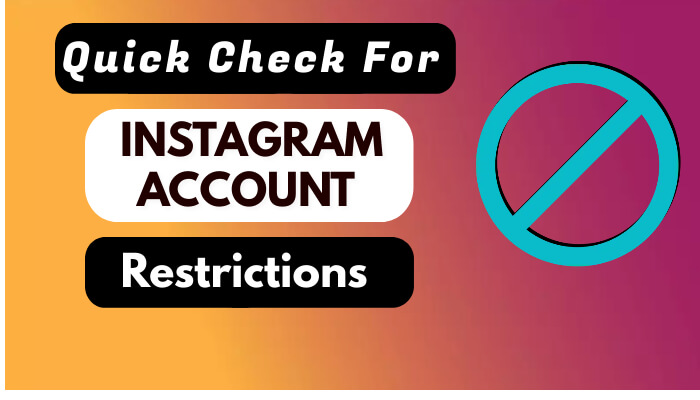
Google’s John Mueller clarifies a false impression about reproduction content material, announcing it’s no longer a terrible seek ranking factor.
Having the same content repeated across a couple of pages is not one thing that might cause a domain to rank lower in search results.
Mueller says it’s commonplace for websites to have a undeniable amount of replica content. Google’s algorithms are constructed to handle it.
He touched on this topic last week, however it’s cited again in this week’s Google Seek Central SEARCH ENGINE OPTIMISATION place of business-hours.
Reproduction content material is a subject matter that frequently comes up among SEOs, and it’s one thing many practitioners test for when auditing a website.
Does it affect search ratings? If sure – to what stage?
That’s what Davor Bobek, Supervisor at Blue Glacier, asks Mueller during this week’s administrative center-hours.
Bobek owns a domain about car portions the place descriptions of portions are repeated in multiple puts. He desires to know if there will be a bad impact in seek results.
See Mueller’s response underneath.
Google’s John Mueller on Replica Content Material
Mueller clears up the misunderstanding of reproduction content material, pronouncing it’s now not something that has a bad score score related to it.
If entire items of content material on a website are duplicated then Google will rank one and never show the opposite. Multiple copies of the same page does not send negative rating signs.
Replica pages can bloat a website and devour up crawl funds, but that’s a complete other topic which isn't mentioned in this video.
If sections of content material are repeated all over a website, such as content material within the header or footer, Mueller confirms it is going to no longer ship poor score signs either.
“With that kind of replica content material it’s not so much that there’s a negative ranking associated with it. It’s extra that, if we discover exactly the same knowledge on multiple pages at the web, and someone searches in particular for that piece of data, then we’ll try to find the most efficient matching web page.
So if you have the similar content material on more than one pages then we won’t display all of these pages. We’ll try to pick out one in every of them and display that. So it’s no longer that there’s any bad signal related to that. In a lot of cases that’s roughly commonplace that you have got some quantity of shared content across some of the pages.”
let's say how commonplace duplicate content material will also be, Mueller goes on to provide examples that people run into the entire time.
Online buying groceries is a vertical where content is repeated everywhere. It’s not unusual for shops to sell the same product, and the product pages likely proportion a large amount of the same content material.
Google isn’t going to interpret poor indications from crawling a product description that looks somewhere else on every other retailer’s site.
Website footers technically qualify as reproduction content material, Mueller says, however that’s not an issue when it involves search rankings both.
“a very common case as an example is with ecommerce. If you could have a product, and another person is promoting the similar product, or within a web site perhaps you might have a footer that you just share across all of your pages and infrequently that’s a lovely massive footer. Technically that’s reproduction content however we will be able to roughly maintain that. so that shouldn’t be an issue.”
Pay Attention the full dialogue within the video below:







